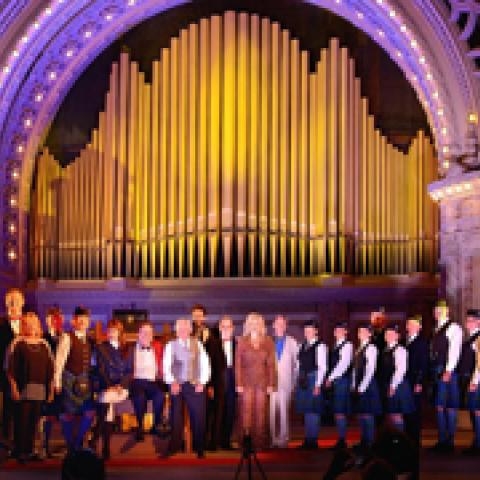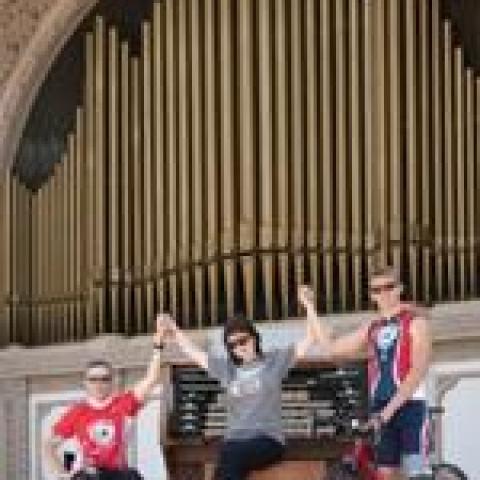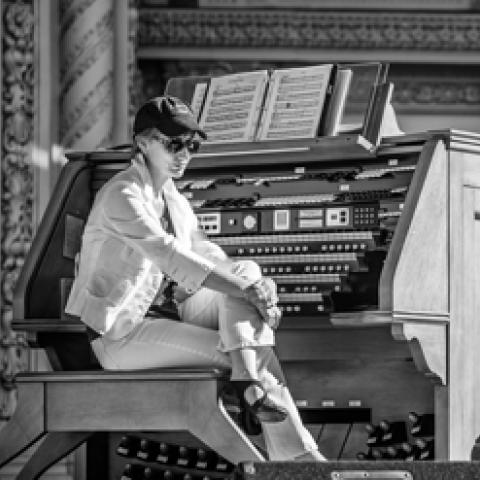
The third DVD in the TourBus series, “TourBus goes to Spreckels,” shows the Spreckels Organ in Balboa Park, San Diego, CA. The DVD was officially released on the opening night of the Summer Organ Festival on June 22 at the Spreckels Organ Pavilion in Balboa Park, San Diego.
The DVD is available for $15 at www.melcot.com/recordings.html.
The host of the series, Dr. Carol Williams, the Civic Organist of San Diego, takes one behind the scenes of the world’s largest outdoor organ. Viewers also hear from past Civic Organists and see some of Carol Williams' Sunday at 2 concert performances.
MAIN CHAPTERS: America the Beautiful; Organ History Performance of Widor’s “Toccata, Symphonie V”; The Organ Curators with Dale Sorenson; Inside the Organ Case tour with Lyle Blackinton; Performance of Russell & Barroso’s “Brazil”; San Diego’s Civic Organists of the Past tell their story; Three Organists perform on the Spreckels Organ at the same time; Performance of Lynnwood Farnam’s “Toccata”; Dr. Carol Williams interviewed by Dave Scott of KUSI TV; San Diego Performance of Bedard's pedal solo; San Diego’s Mayor Jerry Sanders talks with Carol; Performance of Will Hudson’s “Moonglow”; Performance of the National Anthem.
Carol Williams' performances can also be found on YouTube.





